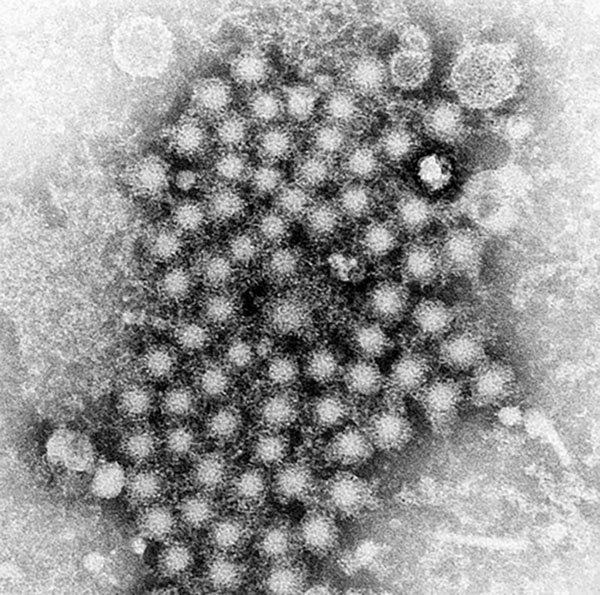IRP scientists find a key to hepatitis C entry into cells
Understanding Structure of HCV Proteins Could Aid in Vaccine Development
In a new paper published in Nature, scientists from the National Institute of Allergy and Infectious Diseases (NIAID), part of the National Institutes of Health, describe the structure of a key protein on the surface of the hepatitis C virus (HCV) and how it interacts with its receptor found on some human cells. The findings provide new leads for developing an HCV vaccine.
Hepatitis C is one of the most common bloodborne infections in the United States. Although it may not cause any symptoms in its early stages, untreated chronic infections can lead to severe liver damage, cancer, and death. Concerningly, infections are on the rise among young adults, largely due to exposure resulting from shared drug-injectables. No vaccine is available to prevent HCV infection.
HCV is usually transmitted via blood, such as during birth or when drug-injection equipment is shared. Because HCV may not cause any symptoms for years after initial infection, infections often go undetected. According to the U.S. Centers for Disease Control and Prevention, an estimated 2.4 million people are living with hepatitis C infection in the United States. More than half of all people infected with HCV are thought to develop chronic infection. HCV is a leading cause of cirrhosis, liver failure requiring transplant, and the leading cause of death from liver disease. Although effective antiviral drugs are available to treat HCV infection, they are expensive and do not prevent reinfection.

A transmission electron microscope image of hepatitis virus particles. Image credit: CDC/E.H. Cook, Jr.
This page was last updated on Friday, January 21, 2022